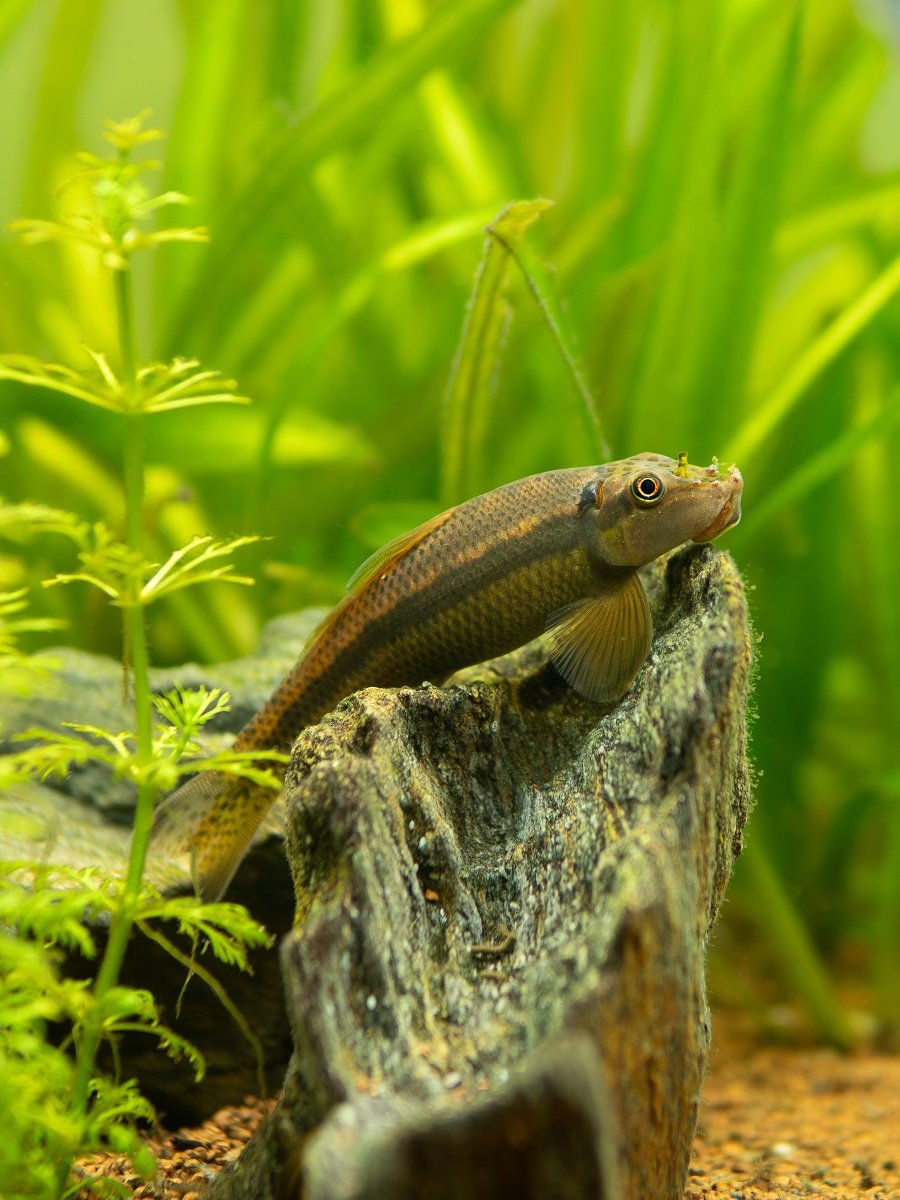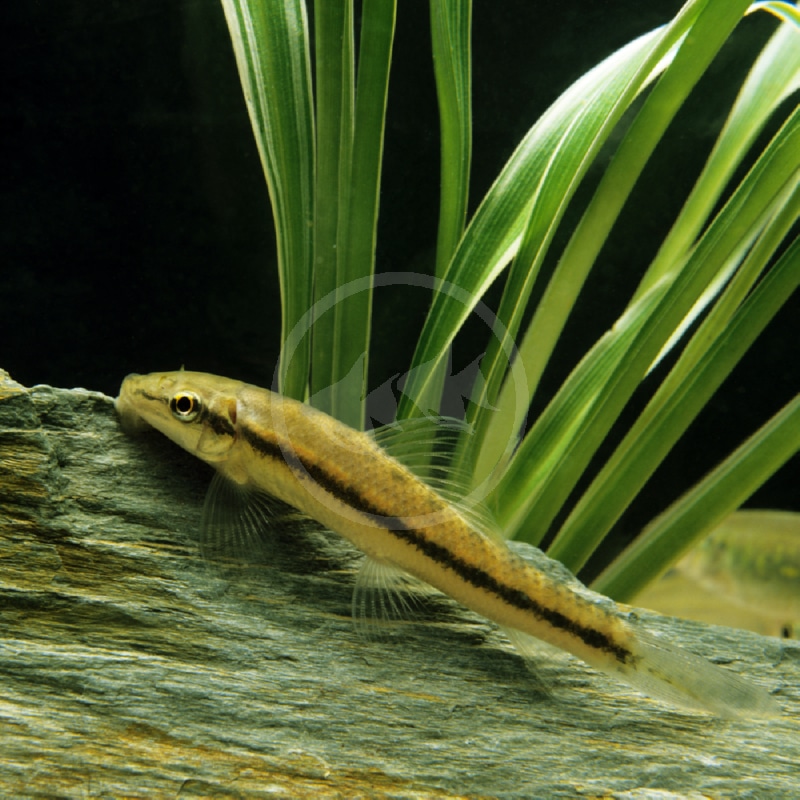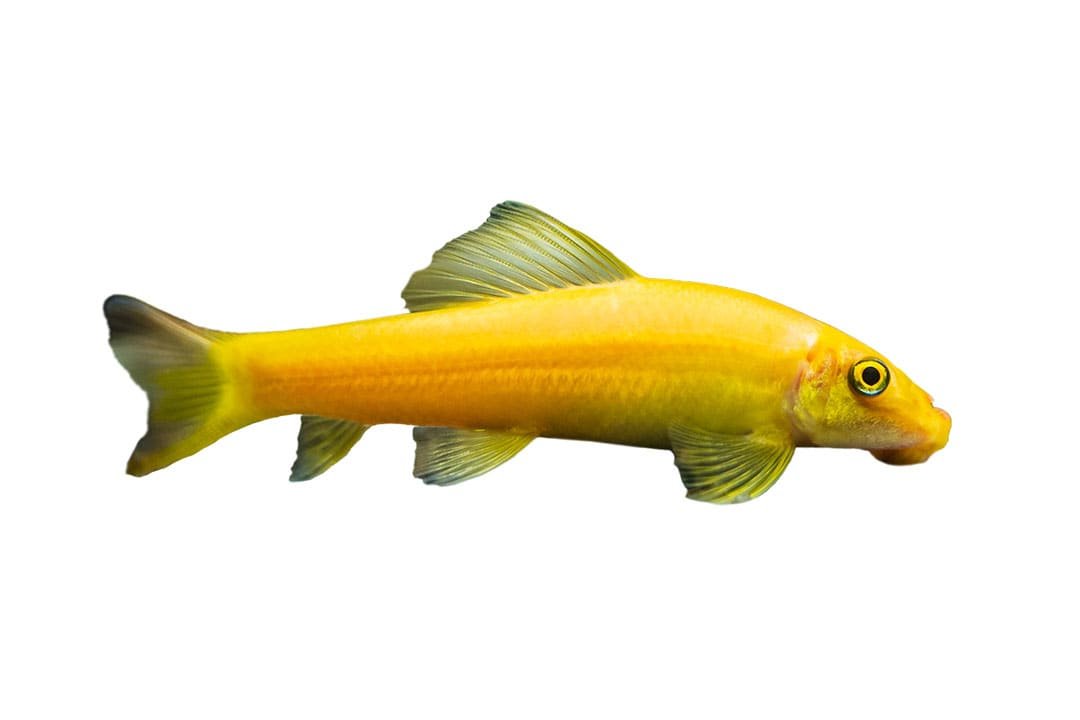Chinese Algae Eaters can suffer from health problems like bacterial infections and swim bladder disease. Poor water quality often exacerbates these issues.
Chinese Algae Eaters are popular freshwater fish known for their algae-eating abilities. They thrive in well-maintained aquariums with stable water conditions. Ensuring their health involves regular tank cleaning and monitoring water parameters. Overcrowding can lead to stress and increased susceptibility to diseases.
Feeding them a balanced diet with algae wafers and vegetables helps maintain their health. Watch for signs of illness such as unusual swimming patterns or loss of appetite. Early detection and prompt treatment can prevent serious health complications. Regular check-ups and proper care ensure a healthy and vibrant aquarium environment for Chinese Algae Eaters.

Credit: aquaticsunlimited.com
Common Health Issues
Chinese Algae Eaters are popular aquarium fish. They help keep tanks clean. But, like all fish, they can face health problems. Knowing these issues helps in keeping them healthy.
Parasites
Parasites are common in Chinese Algae Eaters. They can cause itching and distress. Look out for these signs:
- Fish rubbing against objects
- White spots on the body
- Rapid breathing
To prevent parasites, quarantine new fish before adding them to the tank. Keeping the tank clean also helps.
Fin Rot
Fin Rot affects the fins and tail of the fish. It can be caused by poor water quality or injuries. Signs of Fin Rot include:
- Frayed or torn fins
- Discoloration at the edges of fins
- Fins appearing ragged
Maintain clean water to prevent Fin Rot. Treat affected fish with antibacterial medicine.
Swim Bladder Disorder
Swim Bladder Disorder affects the fish’s ability to swim. The swim bladder helps fish control their buoyancy. Symptoms of this disorder include:
- Fish swimming sideways or upside down
- Difficulty in maintaining balance
- Floating to the top or sinking to the bottom
Feed your fish a balanced diet to prevent this disorder. Avoid overfeeding as it can cause swim bladder issues.
Symptoms To Watch For
Chinese Algae Eaters are fascinating creatures, but they can face health problems. It’s crucial to recognize symptoms early to provide the best care. Below are key symptoms to watch for in your Chinese Algae Eater.
Lethargy
If your Chinese Algae Eater is less active, this is a red flag. Healthy fish swim around energetically. Lethargy can indicate an illness or poor water quality. Ensure the tank is clean and parameters are within the ideal range.
Loss Of Appetite
A significant symptom is a loss of appetite. If your fish stops eating, something is wrong. Offer a variety of foods to see if it sparks interest. Monitor other symptoms and consult a vet if the issue persists.
Abnormal Swimming
Pay attention to your fish’s swimming patterns. Abnormal swimming includes erratic movements or floating to the surface. This behavior can signal issues such as swim bladder disease or stress. Check the water conditions and make necessary adjustments.
| Symptom | Possible Causes |
|---|---|
| Lethargy | Illness, Poor Water Quality |
| Loss of Appetite | Stress, Disease |
| Abnormal Swimming | Swim Bladder Disease, Stress |
Monitoring these symptoms can keep your Chinese Algae Eater healthy. Always ensure the tank environment is optimal. Regular water changes and a balanced diet are key to preventing health issues.
Preventative Measures
Chinese Algae Eaters are popular pets for aquarium enthusiasts. Keeping them healthy requires some preventative measures. These steps ensure your algae eaters live long, happy lives.
Tank Cleanliness
Maintaining tank cleanliness is crucial for your Chinese Algae Eater’s health.
- Remove debris and uneaten food daily.
- Clean the tank walls and decorations weekly.
- Perform partial water changes every two weeks.
These steps prevent harmful bacteria and algae buildup. Clean tanks reduce stress for your fish. Stress often leads to diseases.
Proper Diet
A proper diet ensures your Chinese Algae Eater stays strong and healthy.
- Feed them algae wafers or pellets.
- Supplement their diet with fresh vegetables.
- Avoid overfeeding; small portions are best.
Balanced nutrition supports their immune system. Healthy fish are less likely to get sick.
Regular Water Testing
Regular water testing helps keep your tank environment safe.
- Test water pH levels weekly.
- Check ammonia, nitrate, and nitrite levels.
- Adjust water conditions as needed.
Proper water quality prevents many health issues. Clean water promotes better fish health. Regular testing ensures early detection of problems.
Dietary Recommendations
Chinese Algae Eaters are fascinating creatures that keep your aquarium clean. However, their health can suffer without proper nutrition. Below are some dietary recommendations to keep your Chinese Algae Eater healthy and active.
Algae-based Foods
Chinese Algae Eaters thrive on algae. Algae is their primary food source in the wild. You can provide algae wafers or spirulina-based foods. These foods mimic their natural diet.
- Algae wafers
- Spirulina flakes
- Fresh algae from the tank
Supplements
Sometimes, algae alone is not enough. Adding supplements ensures they get all nutrients. Here are some recommended supplements:
| Supplement | Purpose |
|---|---|
| Vegetable Pellets | Provide essential vitamins and minerals |
| Protein Foods | Boost growth and health |
Feeding Schedule
Stick to a regular feeding schedule to avoid overfeeding. Overfeeding can lead to health issues. Feed your Chinese Algae Eater once a day. Provide only what they can consume in a few minutes.
- Feed once daily
- Offer a variety of foods
- Remove uneaten food promptly
Maintaining a balanced diet keeps your Chinese Algae Eater healthy and happy.
Ideal Tank Conditions
Chinese Algae Eaters are popular for keeping tanks clean. However, their health can suffer without the ideal tank conditions. This section will guide you on creating the best environment for these fish.
Water Parameters
Maintaining the right water parameters is crucial. Chinese Algae Eaters need specific conditions to thrive.
- Temperature: Keep the water between 74°F and 80°F.
- pH Level: The pH should be between 6.5 and 7.5.
- Water Hardness: Aim for 5-19 dGH.
Use a reliable water testing kit to monitor these parameters. Regular checks help ensure a healthy environment.
Tank Size
Choosing the right tank size is important for your fish’s health. Chinese Algae Eaters need plenty of space.
A minimum tank size of 30 gallons is recommended for one fish. If you plan to keep more, you will need a larger tank.
| Number of Fish | Minimum Tank Size |
|---|---|
| 1 | 30 gallons |
| 2 | 55 gallons |
| 3 | 75 gallons |
A larger tank helps reduce stress and aggression.
Compatible Tank Mates
Choosing compatible tank mates is essential. Chinese Algae Eaters can be aggressive.
Suitable tank mates include:
- Zebra Danios
- Gouramis
- Barbs
Avoid housing them with slow-moving or long-finned fish. This reduces the risk of conflict.
By ensuring the right tank conditions, you can keep your Chinese Algae Eater healthy and happy.
Treatment Options
The health of your Chinese Algae Eater (CAE) is crucial. Treatment options can help ensure your fish stays healthy and happy. Here, we’ll explore various treatment methods to tackle common CAE health issues.
Medications
Medications can treat many fish diseases. Always consult a vet before using any medicine.
- Anti-parasitic medications: Use these to treat parasites like ich or flukes.
- Antibiotics: These help with bacterial infections such as fin rot.
- Anti-fungal treatments: Use these for fungal infections like cotton wool disease.
Follow dosage instructions carefully. Over-medicating can harm your CAE.
Quarantine Procedures
Quarantining sick fish can prevent disease spread. Set up a separate tank for this purpose.
- Setup: Use a small tank, filter, and heater.
- Water: Match the water parameters of the main tank.
- Observation: Monitor the fish daily for any changes.
Quarantining helps protect your other fish from infection.
Natural Remedies
Natural remedies are often safe and effective. These can be used alone or with other treatments.
- Salt baths: Use aquarium salt to treat minor infections.
- Garlic: Garlic extract boosts the immune system.
- Clean water: Regular water changes can reduce stress and disease.
Natural remedies are a gentle way to keep your CAE healthy.
Behavioral Concerns
Chinese Algae Eaters are fascinating fish. They can display surprising behaviors. Understanding these behaviors is crucial for their well-being.
Aggression
Chinese Algae Eaters can be aggressive. They might chase other fish. They can nip at fins. This aggression increases as they age. Younger fish are usually more peaceful. Providing hiding spots can help reduce aggression.
Territoriality
These fish are highly territorial. They claim a specific area in the tank. They guard this area fiercely. Other fish entering this space may be chased away. Territorial disputes can stress other fish. Ensure your tank is large enough. This gives each fish its own space.
Social Interaction
Chinese Algae Eaters prefer solitude. They do not like crowded tanks. They may show stress in busy environments. Keep them with similar-sized fish. Avoid placing them with smaller or slow-moving fish. This helps maintain harmony in the tank.

Credit: www.theshrimpfarm.com
When To Consult A Vet
Understanding your Chinese Algae Eater’s health is crucial. Sometimes, you must seek professional advice. This section helps you identify those critical times.
Persistent Symptoms
Persistent symptoms indicate serious health problems. Look for signs like lethargy, loss of appetite, or discoloration.
- If your fish stays inactive for days, consult a vet.
- Refusal to eat for more than two days is a red flag.
- Notice any unusual spots or color changes? Get help.
Unidentified Issues
Sometimes, you see issues but can’t identify them. Unidentified issues need a vet’s expertise.
| Symptom | Possible Causes |
|---|---|
| Swimming erratically | Infection, stress, or poor water quality |
| Gasping at the surface | Low oxygen levels or gill disease |
Professional Advice
Always seek professional advice for serious issues. A vet can accurately diagnose and treat problems.
- Find an aquatic vet in your area.
- Prepare details about your tank setup.
- Describe all symptoms clearly.
Remember, professional advice can save your fish’s life. Don’t hesitate to consult a vet.

Credit: aquaticsunlimited.com
Frequently Asked Questions
Are Chinese Algae Eaters Friendly?
Chinese algae eaters can be aggressive, especially as they age. They may not be friendly with other fish.
Do Chinese Algae Eaters Have Teeth?
Yes, Chinese algae eaters have teeth. They use their small, specialized teeth to scrape algae from surfaces.
What Is The Lifespan Of A Japanese Algae Eater?
A Japanese algae eater typically lives for 5 to 10 years. Proper care and a healthy environment can extend their lifespan.
Can A Chinese Algae Eater Live In A Pond?
Yes, a Chinese algae eater can live in a pond. Ensure the pond has proper filtration and temperature control.
Conclusion
Maintaining a Chinese Algae Eater’s health requires attention and care. Monitor water quality and diet closely. Address any health issues promptly. Regular check-ups with a vet can prevent problems. Proper care ensures your fish thrives. Enjoy a healthy and active Chinese Algae Eater in your aquarium.
